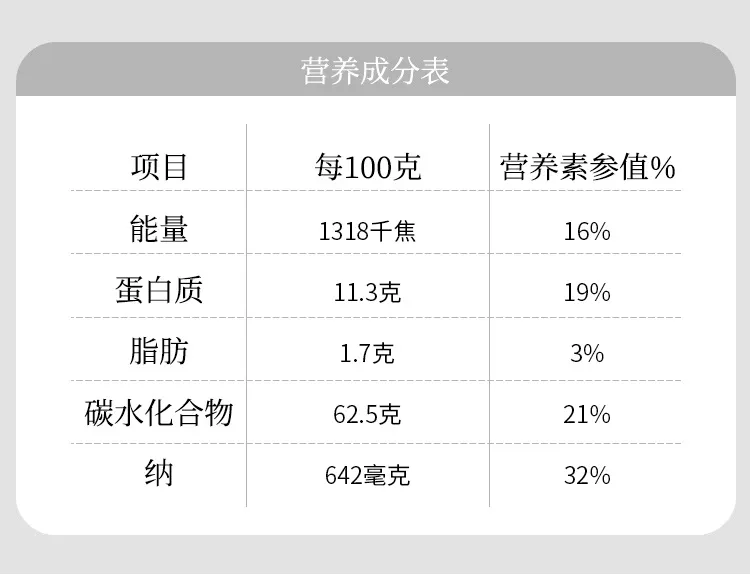Is Soba Noodles a Low-Carb Option for Your Diet Choices?
Is Soba Low Carb?
Soba noodles, a traditional Japanese dish made from buckwheat flour, have gained popularity worldwide not only for their unique flavor but also for their potential health benefits. As dietary trends shift towards low-carb options, many people are curious about the carbohydrate content of soba noodles and whether they fit into a low-carb lifestyle.
Let's start by examining the nutritional profile of soba noodles. A typical serving size of cooked soba noodles (about 1 cup or 140 grams) contains approximately 25 grams of carbohydrates. While this may seem high compared to other low-carb alternatives, it's essential to look deeper into what these carbs consist of. Buckwheat, the primary ingredient in soba noodles, is a whole grain that is rich in nutrients and fiber. This fiber content can help regulate blood sugar levels and promote a feeling of fullness, making soba a more favorable option than refined pasta or noodles.
Is Soba Low Carb?
Another critical aspect to consider is the glycemic index (GI) of soba noodles. Foods with a low glycemic index are absorbed more slowly, resulting in a gradual rise in blood sugar levels. Soba noodles have a relatively moderate GI, which indicates that they have a more balanced impact on glucose levels compared to high-GI foods such as white rice or conventional pasta. This makes soba a potentially suitable option for those looking to manage their blood sugar.
is soba low carb

While soba noodles may not be classified as strictly low-carb, there are strategies one can employ to incorporate them into a lower-carb diet. One effective approach is to use soba noodles as a side dish rather than the main component of a meal. Pairing soba with a healthy protein source, such as grilled chicken or tofu, along with plenty of non-starchy vegetables can create a balanced meal with a moderate carb load.
Furthermore, it’s essential to consider portion sizes. Many recipes call for larger servings of noodles, which can significantly increase the carbohydrate content. By reducing the serving size and accentuating the dish with vegetables and proteins, one can enjoy the unique taste of soba without overloading on carbs.
Another alternative to traditional soba is to explore the world of alternative pasta options available today. Many low-carb pasta substitutes made from konjac flour (such as shirataki noodles) or zucchini can be used in place of traditional soba, offering a much lower carb content. This way, those who are particularly strict about their carb intake can still enjoy the essence of soba dishes without exceeding their dietary goals.
Lastly, consider the role of soba in a broader dietary context. A low-carb diet does not have to mean the complete elimination of all carbohydrates. Instead, a more sustainable approach may involve focusing on the quality of carbs consumed. Soba noodles, made from whole grains and packed with nutrients, can be part of a balanced diet, especially when consumed in moderation alongside other low-carb vegetables and protein sources.
In conclusion, soba noodles may not be low-carb in the strictest sense, but they can certainly fit into a more moderate low-carb diet. Their unique flavor, nutritional benefits, and versatility make soba a worthy addition to many meals. Ultimately, it’s essential to pay attention to portions, accompanying ingredients, and overall dietary balance to enjoy soba while maintaining a low carbohydrate intake. It's all about making informed choices that align with individual health goals and preferences. So, if you love soba, don’t hesitate to enjoy it—just be mindful of how you integrate it into your meals!
-
The Wholesome Delight of Organic NoodlesNewsAug.15,2025
-
The Vibrant Delight of Spinach NoodlesNewsAug.15,2025
-
Savor the Spicy Delight of Hot Pot NoodlesNewsAug.15,2025
-
Savor the Chill with Irresistible Cold NoodlesNewsAug.15,2025
-
Indulge in the Authentic Delight of Udon NoodlesNewsAug.15,2025
-
Dive into the Delicious World of Cart NoodlesNewsAug.15,2025
-
Unlock the Delicious Potential of Yam NoodlesNewsAug.11,2025
Browse qua the following product new the we







